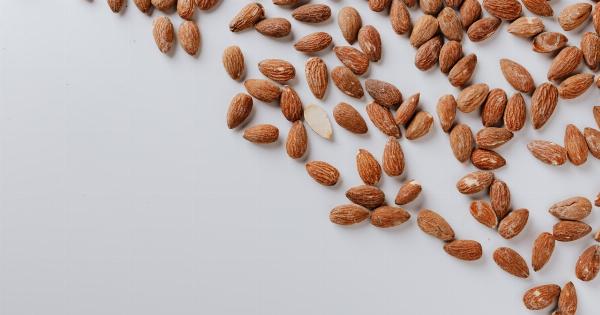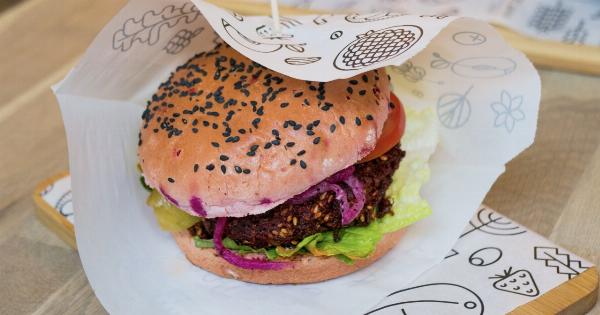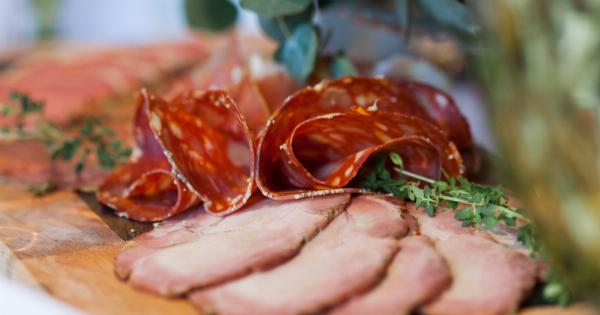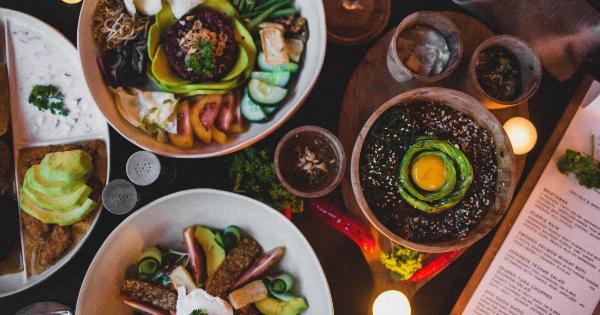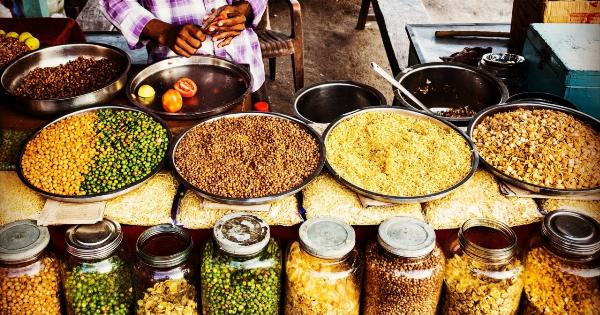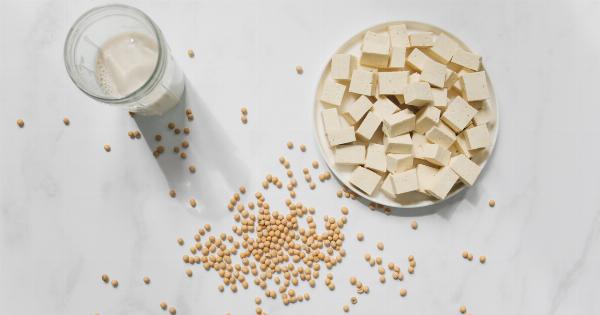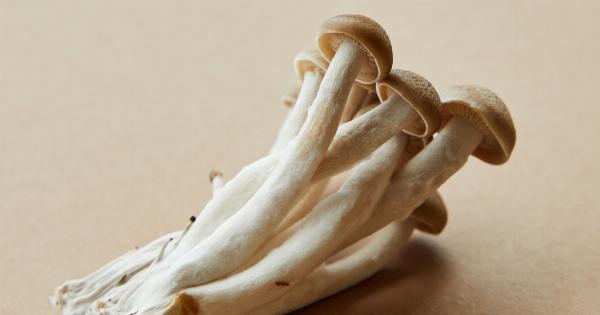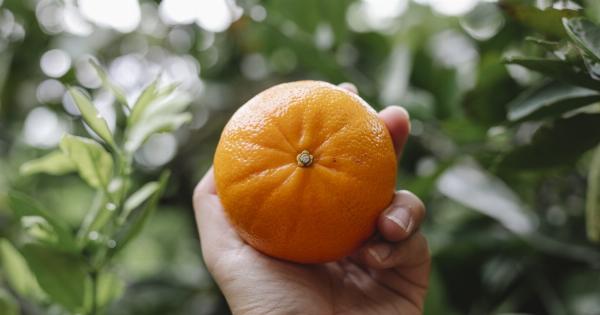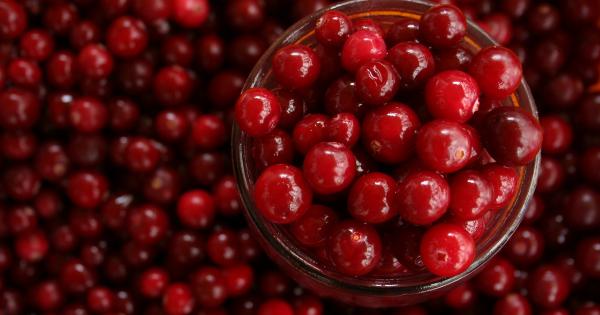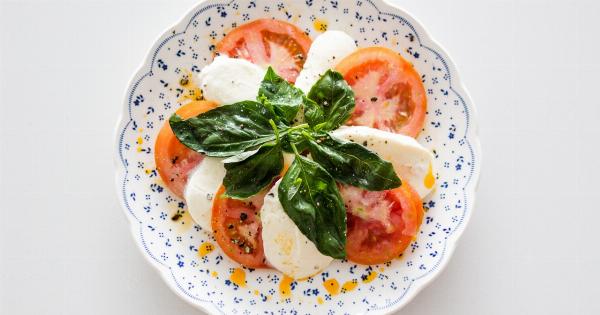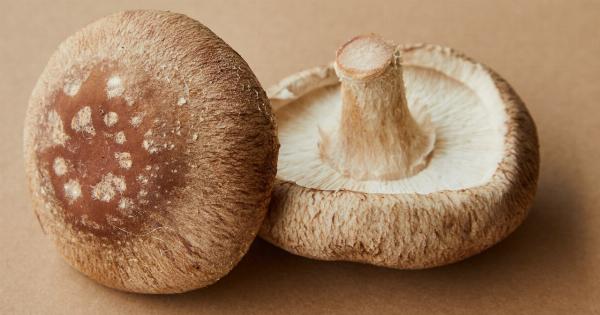Protein is a crucial nutrient that our body needs to build and repair tissues. Meat is the most popular source of protein, but not everyone eats meat.
Vegetarians, vegans, and people with dietary restrictions often wonder how they can get enough protein in their diets. Fortunately, there are plenty of plant-based protein sources that are both healthy and delicious. Here are some of the best options:.
1. Beans and Legumes
Beans and legumes are excellent sources of vegetarian protein. They are inexpensive, versatile, and can be added to a variety of dishes such as soups, stews, salads, and side dishes. Some of the most protein-packed beans and legumes include:.
- Black beans: 1 cup contains 15 grams of protein
- Lentils: 1 cup contains 18 grams of protein
- Chickpeas: 1 cup contains 15 grams of protein
- Pinto beans: 1 cup contains 14 grams of protein
2. Nuts and Seeds
Nuts and seeds are packed with essential nutrients, including protein, healthy fats, and fiber. They make great snacks and can also be added to salads, oatmeal, and smoothies. Here are some of the best protein-rich nuts and seeds:.
- Almonds: 1/4 cup contains 8 grams of protein
- Pumpkin seeds: 1/4 cup contains 8 grams of protein
- Chia seeds: 2 tablespoons contain 4 grams of protein
- Flaxseeds: 2 tablespoons contain 4 grams of protein
- Walnuts: 1/4 cup contains 5 grams of protein
3. Tofu and Tempeh
Tofu and tempeh are popular vegetarian protein sources that come from soybeans. They are excellent meat substitutes and can be used in a variety of dishes such as stir-fries, curries, and sandwiches.
Here are some of the protein content in tofu and tempeh:.
- Extra-firm tofu: 3 ounces contains 8 grams of protein
- Tempeh: 3 ounces contains 16 grams of protein
4. Quinoa
Quinoa is a popular protein-rich grain that is gluten-free and has a nutty flavor. It is high in fiber, iron, and magnesium, making it an excellent addition to a healthy diet. One cup of cooked quinoa contains 8 grams of protein.
5. Seitan
Seitan, also known as wheat meat, is a vegetarian protein source made from gluten. It has a meat-like texture and can be used as a meat substitute in dishes such as stir-fries, stews, and sandwiches. Three ounces of seitan contain 20 grams of protein.
6. Soy Milk and Soy Yogurt
Soy milk and soy yogurt are plant-based dairy alternatives that are rich in protein. They can be used as a substitute for cow’s milk and yogurt in recipes such as smoothies, oatmeal, and baking.
One cup of soy milk contains 7 grams of protein, while one serving of soy yogurt contains 6 grams of protein.
7. Vegetables
Although most vegetables are not high in protein, some are surprisingly protein-rich. They also contain a variety of other essential nutrients, making them an important part of a healthy diet. Here are some of the protein-rich vegetables:.
- Broccoli: 1 cup contains 3 grams of protein
- Spinach: 1 cup contains 5 grams of protein
- Kale: 1 cup contains 3 grams of protein
- Peas: 1 cup contains 8 grams of protein
8. Protein Bars and Shakes
Protein bars and shakes are convenient options for getting additional protein in your diet, especially during busy days or after a workout. However, it’s important to choose options that are low in sugar and other additives.
Homemade protein bars and shakes are also great alternatives and are easy to make.
9. Other Protein Sources
While these sources are excellent options, there are plenty of other ways to get protein in your diet. Here are some additional sources:.
- Buckwheat: 1 cup contains 6 grams of protein
- Brown rice: 1 cup contains 5 grams of protein
- Oats: 1 cup contains 6 grams of protein
- Mushrooms: 1 cup contains 3 grams of protein
- Nutritional yeast: 1 tablespoon contains 3 grams of protein
Getting enough protein in a plant-based diet is possible, but it requires some planning and attention. A balanced diet that includes a variety of plant-based protein sources will provide all the nutrients your body needs to thrive.




